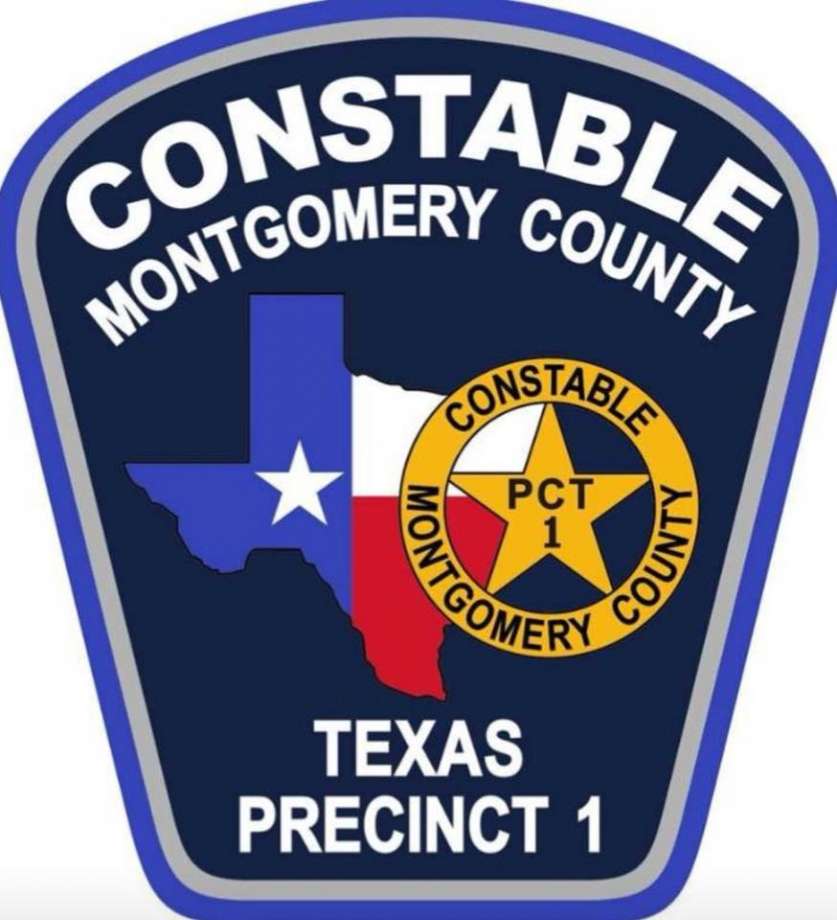Crisis Intervention Training and Law Enforcement –We Need More Specially Trained Officers in Montgomery County
 Update: The Montgomery County Commissioners Court approved three new CIT deputies.
Update: The Montgomery County Commissioners Court approved three new CIT deputies.
The following post was authored by Brenda LaVar, Vice President of NAMI Greater Houston:
On July 30th, the Montgomery County Commissioners Court held a budget hearing workshop to let residents voice their thoughts and concerns about issues regarding the county budget before the Commissioners Court began their formal budget hearings the next day.
I was there to represent the families in Montgomery County and voice our support of the Crisis Intervention Teams (CIT) effort in Montgomery County led by the Precinct 1 Constable’s office and the need for an additional five Deputy Constables to be trained in this program. Currently Constable Precinct 1 officers respond to mental health emergencies and serve mental health warrants for all of Montgomery County, along with their other duties.
There are Crisis Intervention Teams, like the one the Constable Precinct 1 is proposing, in 2,700 communities across the United States. It is a very tried and proven way of providing a transport for individuals with serious mental illness. CIT is a very specialized service that is being proposed, and I’m hopeful that we’ll be able to do this in Montgomery County.
The National Alliance on Mental Illness (NAMI), the nation’s largest grassroots advocacy group for families and individuals with mental illness has been involved and committed to CIT programs for the past 33 years. In 1986, when Ann Dino’s son was transported to the hospital in a police car because he had a mental illness and the ambulance wouldn’t take him, she found the strength to ask “Why?” Thus was born the idea for a specific and trained approach to crisis management for individuals with mental illnesses.
The Crisis Intervention Team Model is a collaborative approach to safely respond and is used to effectively address the needs of persons with mental illnesses, link them to appropriate services, and divert them from the criminal justice system whenever possible.
CIT has been called a “Promising Practice” by the International Association of Chiefs of Police (2010) and a “Best Practice” model for law enforcement as early as 2006.
While the centerpiece of the CIT model is the 40 hours of specialized training for a special group of officers that volunteer to become CIT officers, advocates stress that CIT is more than just training. CIT is an organizational and community intervention that involves changes in police department procedures as well as collaboration with mental health providers and other community stakeholders.
The Benefit of CIT (Excerpted from NAMI)
Not only can CIT programs bring community leaders together, they can also help keep people with mental illness out of jail and in treatment, on the road to recovery. That’s because diversion programs like CIT reduce arrests of people with mental illness while simultaneously increasing the likelihood that individuals will receive mental health services. CIT programs also:
Give police officers more tools to do their job safely and effectively. Research shows that CIT is associated with improved officer attitude and knowledge about mental illness. In Memphis, for example, CIT resulted in an 80% reduction of officer injuries during mental health crisis calls.
Keep law enforcement’s focus on crime. Some communities have found that CIT has reduced the time officers spend responding to a mental health call. This puts officers back into the community more quickly.
Produce cost savings. It’s difficult to estimate exactly how much diversion programs can save communities. But incarceration is costly compared to community-based treatment. For example, in Detroit an inmate with mental illness in jail costs $31,000 a year, while community-based mental health treatment costs $10,000 a year.
Using the percentages form NAMI applied to the Montgomery County census data estimates for 2018 and the estimated population of Montgomery County as 590,925:
- If approximately 1 in 5 adults in the U.S. (46.6 million) experiences mental illness in a given year then more than 110,000 people in Montgomery County will experience mental illness in a given year.
- If approximately 1 in 25 adults in the U.S. (11.2 million) experiences a serious mental illness in a given year that substantially interferes with or limits one or more major life activities, then more than 27,000 people in Montgomery County will experience a serious mental illness in a given year.
- Approximately 1 in 5 youth aged 13–18 or (21.4%) will experience a severe mental disorder at some point during their life.
- For children aged 8–15, the estimate is 13%.
- 1.1% of adults in the U.S. live with schizophrenia.4
- 2.6% of adults in the U.S. live with bipolar disorder.5
- 6.9% of adults in the U.S.—16 million—had at least one major depressive episode in the past year.
- 18.1% of adults in the U.S. experienced an anxiety disorder such as posttraumatic stress disorder, obsessive-compulsive disorder and specific phobias. This is the same for adults in Montgomery County.
Among the 20.2 million adults in the U.S. who experienced a substance use disorder, 50.5%—10.2 million adults—had a co-occurring mental illness.8








